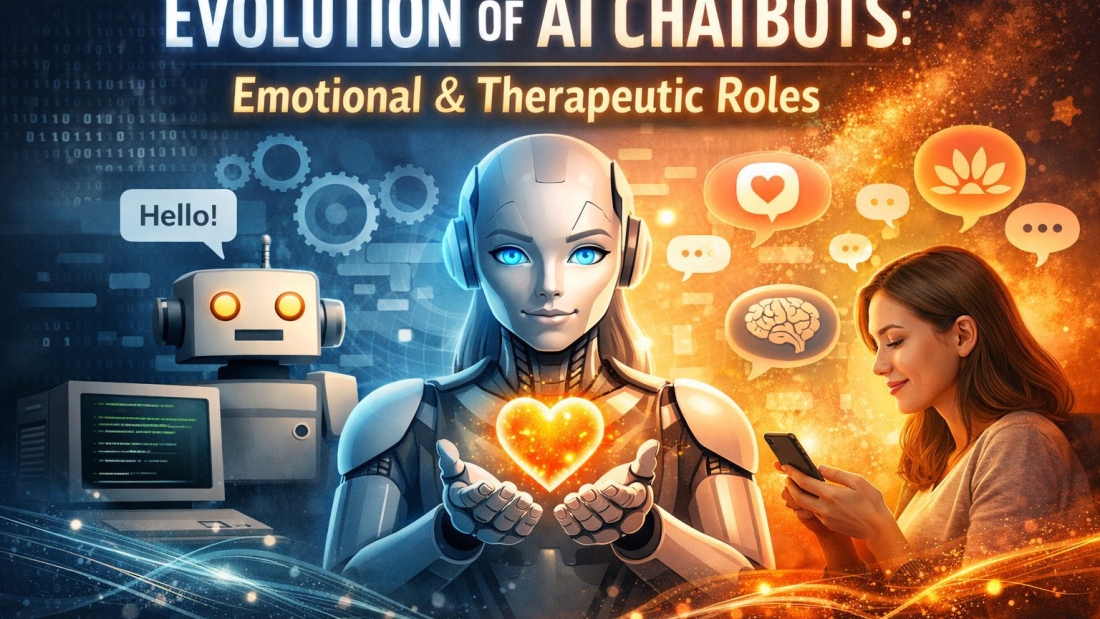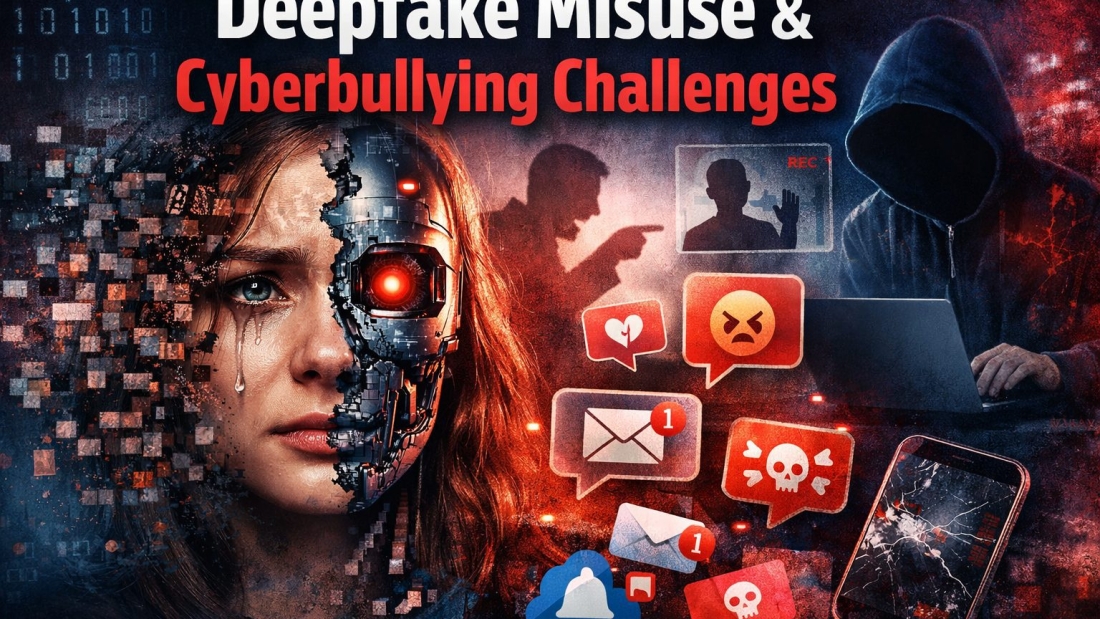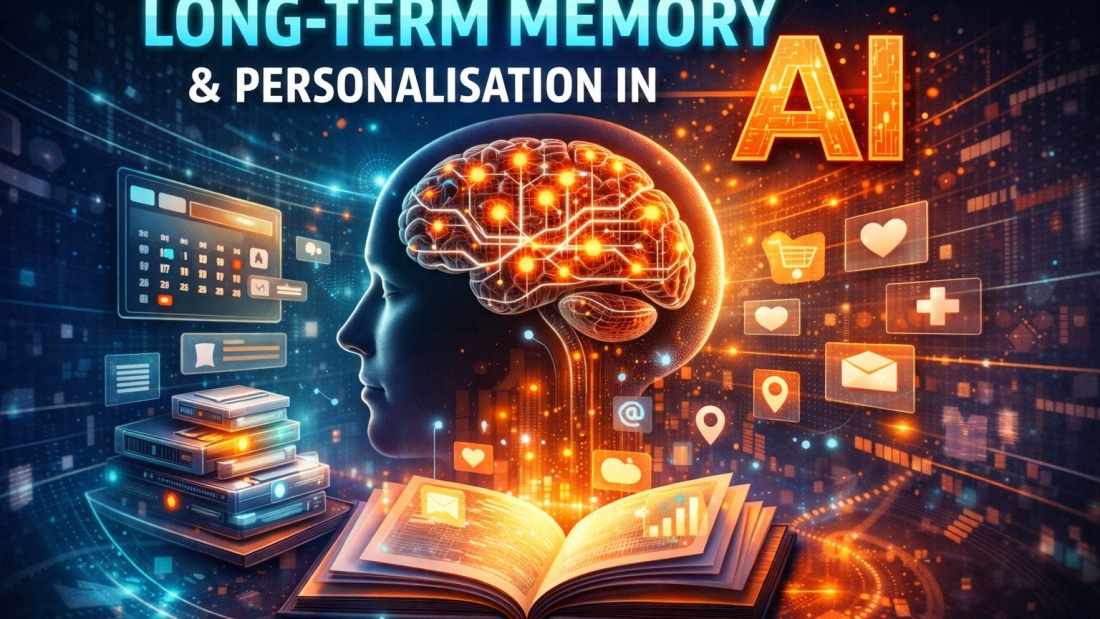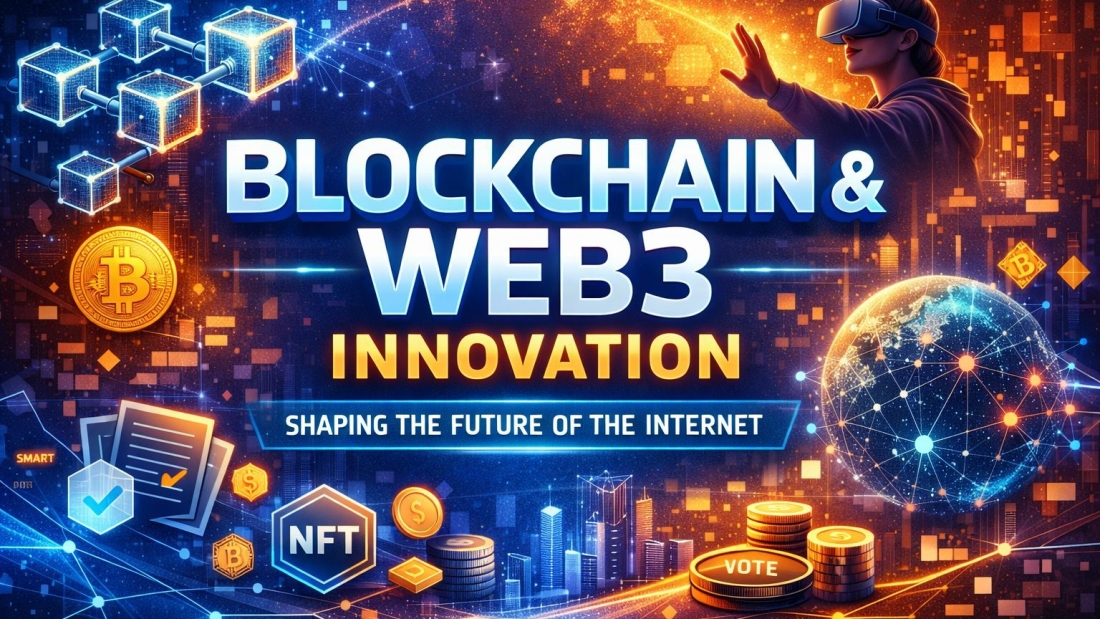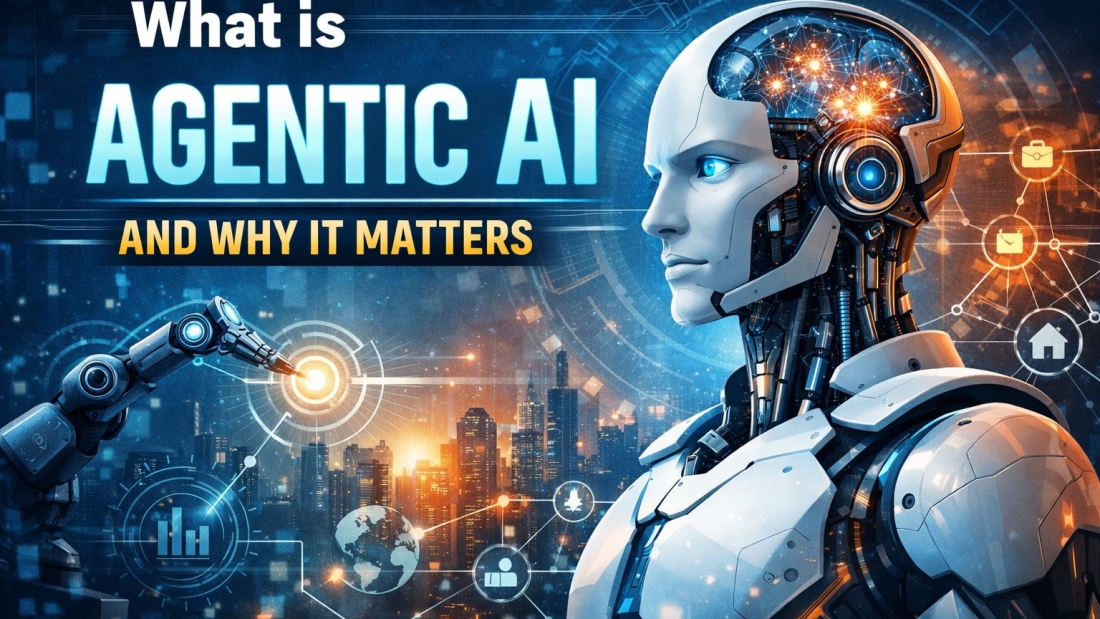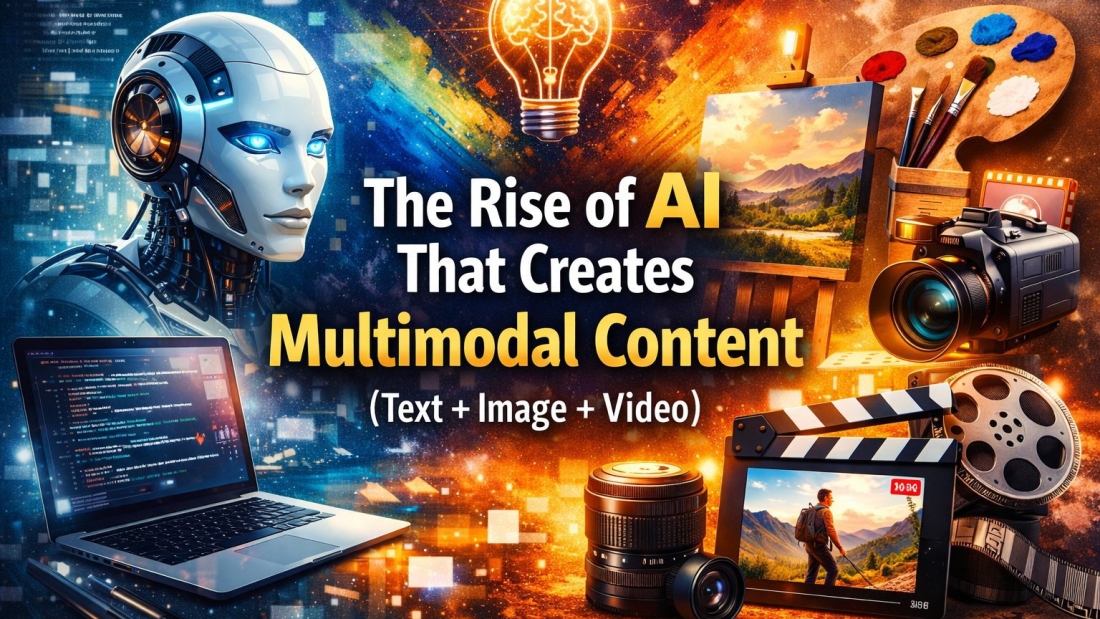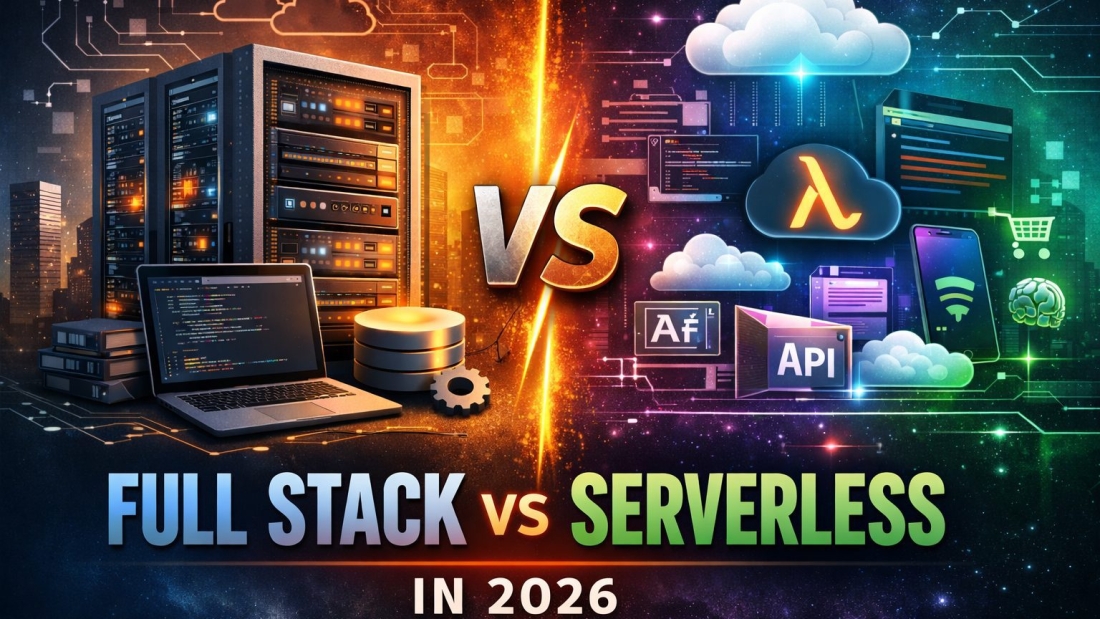The New Era of Decision-Making in Business
Not too long ago, business decisions were driven by experience, intuition, and a fair bit of guesswork. A manager looked at reports, trusted their gut, and made the call. Sometimes it worked. Sometimes it didn’t.
Today, that approach feels a bit like navigating a highway with your eyes half-closed.
From Gut Feeling to Data-Driven Choices
Modern businesses are sitting on mountains of data—financial records, customer behavior, operational metrics, market trends. Ignoring this data is like owning a GPS and still asking strangers for directions. Strategic decision automation turns raw data into actionable insights, helping leaders make smarter choices faster.
Why Manual Decisions Are No Longer Enough
Markets move quickly. Customer expectations change overnight. Manual decision-making simply can’t keep up. Delays, bias, and human fatigue all add friction. Automation removes that friction by enabling real-time, consistent decision-making at scale.
What Is Strategic Decision Automation?
Definition and Core Concept
Strategic decision automation is the use of advanced technologies—like AI, machine learning, and analytics—to automatically make or support high-level business decisions. These decisions aren’t just operational tasks; they impact revenue, risk, efficiency, and long-term strategy.
Automation vs Intelligence
Automation alone follows rules. Intelligence learns and adapts. Strategic automation blends both. Think of it as a self-driving car: rules keep it on the road, while intelligence helps it react to traffic, weather, and obstacles.
Rule-Based vs AI-Driven Decisions
Rule-based systems work well for predictable scenarios, like approving expenses under a fixed limit. AI-driven systems shine when complexity increases—forecasting demand, detecting fraud, or optimizing pricing in real time.
Technologies Powering Automated Decisions
Artificial Intelligence (AI)
AI acts as the brain behind automated decisions. It analyzes vast datasets, identifies patterns, and recommends or executes actions faster than any human team could.
Machine Learning (ML)
ML allows systems to learn from past decisions and outcomes. The more data they process, the smarter they become—like an employee who improves with experience, except they never get tired.
Predictive Analytics
Predictive analytics looks ahead instead of behind. It answers questions like: What will sales look like next quarter? Where might costs spike? Which customers are likely to churn?
Robotic Process Automation (RPA)
RPA handles repetitive decision-related tasks, such as approvals, data validation, and reporting. It’s the silent workhorse that keeps processes moving smoothly.
Automating Financial Decisions
Finance is one of the earliest and strongest adopters of decision automation.
Budgeting and Forecasting
Automated systems analyze historical data, market trends, and seasonal patterns to create accurate forecasts. No more spreadsheets guessing the future—just data-backed projections.
Risk Assessment and Fraud Detection
AI systems monitor transactions in real time, flagging anomalies that humans might miss. It’s like having a security guard who never blinks.
Pricing and Revenue Optimization
Dynamic pricing engines adjust prices based on demand, competition, and customer behavior. Airlines and e-commerce giants have mastered this—and others are quickly following.
Automating Operational Decisions
Supply Chain Optimization
From supplier selection to delivery routes, automation helps reduce delays, cut costs, and improve resilience. When disruptions hit, automated systems can quickly suggest alternative plans.
Inventory Management
Too much inventory ties up cash. Too little leads to lost sales. Automated decision systems find the sweet spot by predicting demand with impressive accuracy.
Workforce Planning and Scheduling
AI-powered scheduling tools ensure the right people are in the right place at the right time, balancing productivity with employee satisfaction.
Real-World Use Cases Across Industries
Banking and Finance
Banks use automated decision systems for credit scoring, loan approvals, and compliance checks—reducing risk while improving customer experience.
Retail and E-commerce
Recommendation engines, demand forecasting, and dynamic pricing all rely on automated decisions to drive sales and loyalty.
Manufacturing
Factories use automation to decide maintenance schedules, production volumes, and quality control actions—minimizing downtime and waste.
Healthcare
Hospitals apply decision automation to optimize staffing, manage inventory, and even support clinical decisions, improving outcomes and efficiency.
Benefits of Strategic Decision Automation
Faster and Smarter Decisions
When decisions are automated, speed becomes a competitive advantage. What once took days now takes seconds.
Reduced Human Error
Humans make mistakes—especially under pressure. Automated systems deliver consistent decisions based on logic and data.
Cost Efficiency and Scalability
Automation reduces operational costs and scales effortlessly as the business grows. One system can support thousands of decisions simultaneously.
Consistency and Compliance
Automated decisions follow predefined rules and policies, ensuring compliance with regulations and internal standards.
Challenges and Risks to Consider
Data Quality Issues
Bad data leads to bad decisions—automated or not. Clean, accurate data is the foundation of success.
Bias in Algorithms
If training data is biased, decisions will be too. Businesses must actively monitor and correct algorithmic bias.
Over-Reliance on Automation
Automation should support humans, not replace critical thinking. Blind trust in systems can be risky.
Human + Machine: The Best Combination
Why Human Oversight Still Matters
Humans provide context, ethics, and creativity—things machines struggle with. Oversight ensures automation aligns with business values.
Augmented Decision-Making
The real magic happens when humans and machines collaborate. Automation handles complexity; humans handle judgment.
How Businesses Can Get Started
Identifying High-Impact Decisions
Start with decisions that are frequent, data-heavy, and time-sensitive. These offer the biggest returns.
Choosing the Right Tools
Not every business needs advanced AI from day one. Start small, scale smart.
Building a Data-Driven Culture
Technology alone isn’t enough. Teams must trust data and be willing to adapt.
The Future of Automated Decision-Making
Agentic AI and Autonomous Systems
The next wave involves AI agents that can plan, decide, and act with minimal human input—reshaping how organizations operate.
Hyper-Personalized Business Decisions
Future systems will tailor decisions to individual customers, employees, and markets in real time.
Conclusion
Strategic decision automation is no longer a luxury—it’s a necessity. From finance to operations, businesses are using intelligent systems to move faster, reduce risk, and stay competitive. The goal isn’t to replace humans, but to empower them with smarter tools. In a world where speed and accuracy define success, automated decision-making is quickly becoming the ultimate business advantage.


